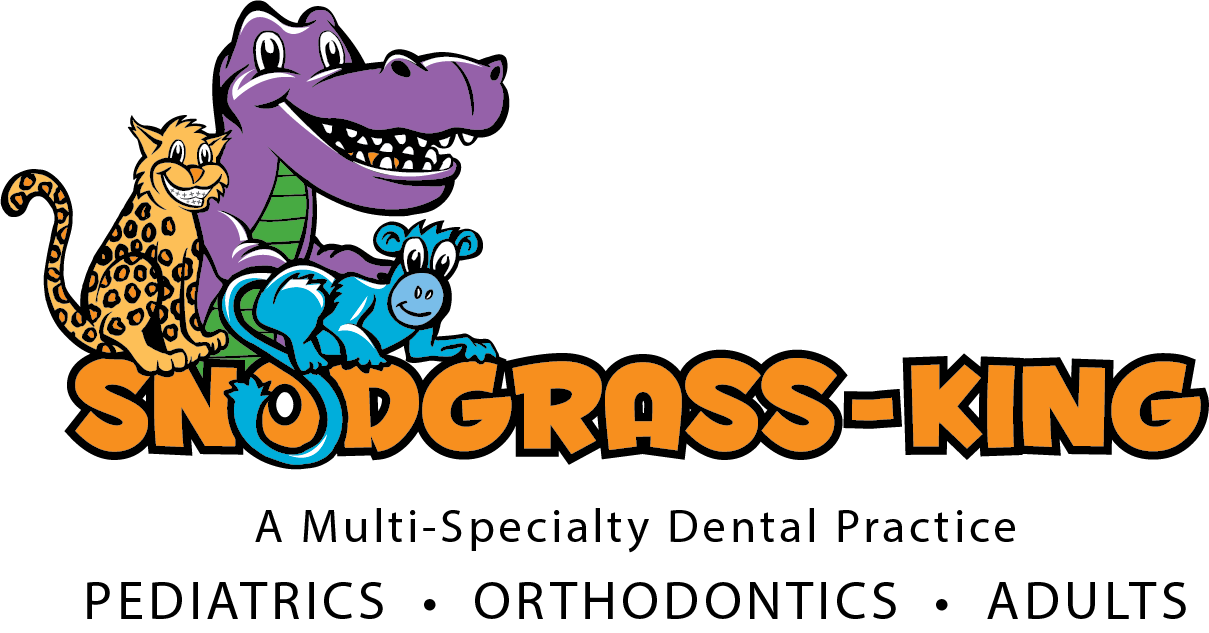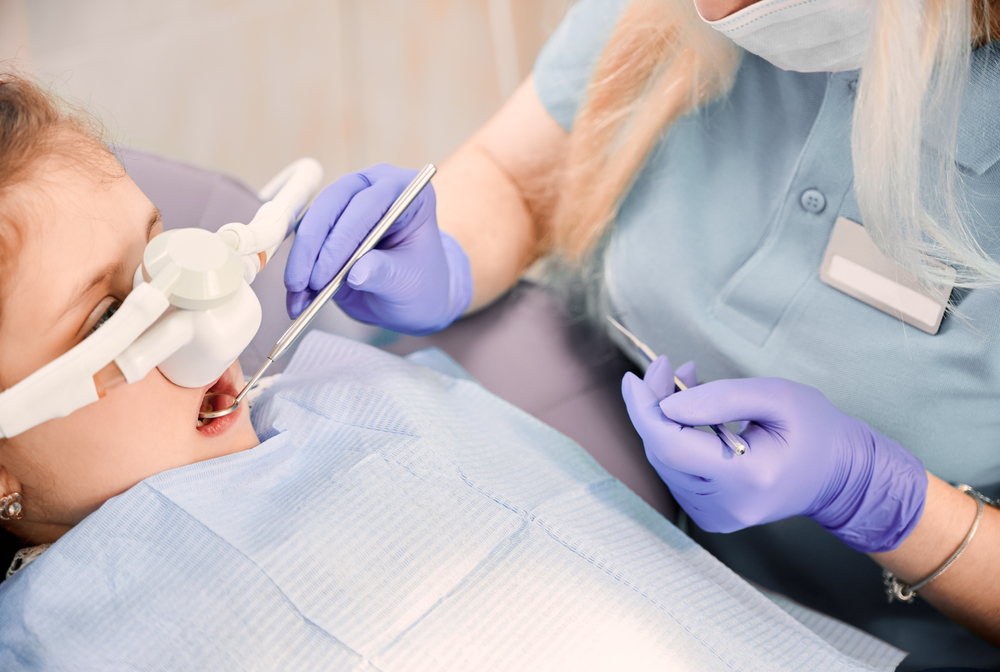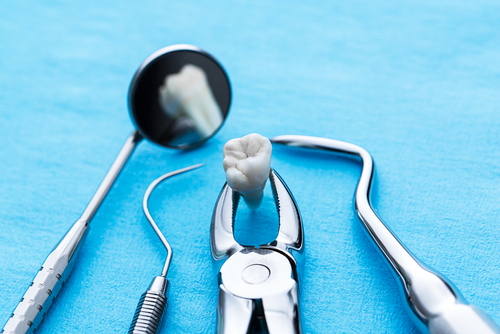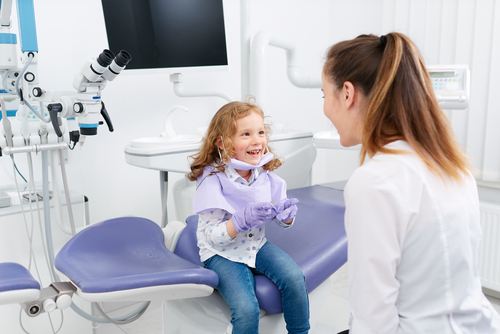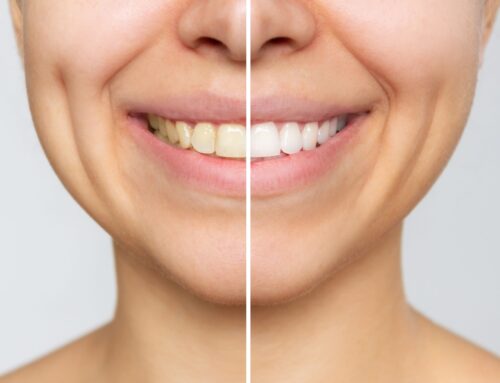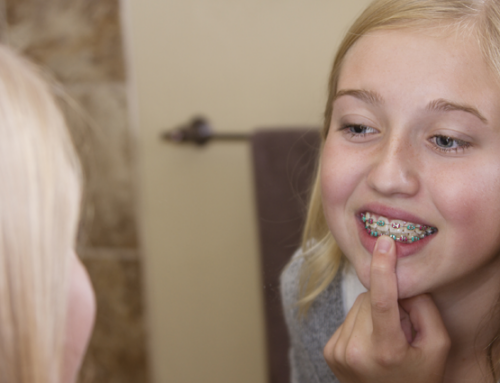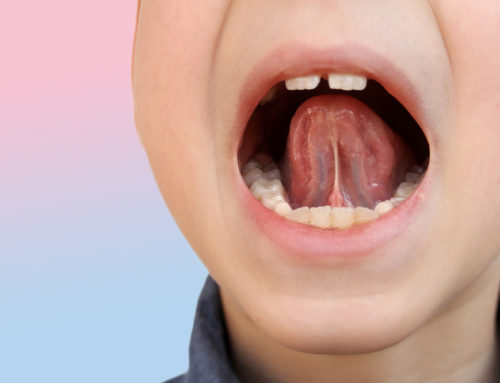Conscious Sedation Trends in Pediatric Dentistry
If your child is anxious about going to the dentist or has some major dental work coming up, you may be interested in learning more about sedation options. We know this is an important topic and may seem scary for a parent. That’s why we’ll try to help make it as approachable as possible. Today, we’ll go over some of the most common conscious sedation options and their similarities and differences.
Sedation Dentistry
Let’s start with some basics — what is sedation? Generally speaking, sedation is the use of medication that puts patients in a state of sleep or relaxation during a procedure. Sedation ensures that any pain involved in a dental procedure is dulled or removed completely. The purpose of sedation is to make procedures as comfortable as possible for the patient.
Pediatric Sedation Dentistry
Similarly to adults, children can be sedated during a procedure as well. The main difference is that children sometimes require sedation for emotional purposes, as dental work may seem scary. Since the purpose of this kind of sedation is not to withstand pain, minimal sedation, such as laughing gas, is typically more than enough.
Types Of Sedation
Fortunately, there are quite a few options for sedation these days. This way, your doctor can optimize how much sedative your procedure requires.
Sedation Vs. General Anesthesia
To start with, let’s talk about the difference between sedation and general anesthesia. Most of the time, if your dentist does recommend some type of sedative, it will be conscious sedation. This will allow you to stay awake, albeit in a drowsy and relaxed state. General anesthesia, on the other hand, puts the patient into a fully unconscious state. The main thing to know is that general anesthesia is rarely used for dental procedures.
Nitrous Oxide (Laughing Gas)
Commonly known as laughing gas, nitrous oxide is one of the most commonly used minimal sedatives. It’s a great option for small children that are nervous about their dentist visit. The procedure itself is fairly straightforward. Your dentist will give you a mask to put over your face and have you take a few deep breaths through your nose. After a few minutes, the gas will begin taking effect. The nitrous oxide does not put you to sleep, so you’ll still be able to hear and respond to any of your dentist’s instructions. After the dental procedure, your dentist will have you breathe in some regular oxygen to dispel any remaining laughing gas. The effects wear off quickly, allowing you or your child to go back to daily activities within just a few minutes.
Oral Sedation
For situations with extensive dental work, your dentist may recommend a slightly stronger sedative. These commonly come in the form of an oral medication (such as a pill or liquid). This type of sedative is a little different from laughing gas, however, in that it does leave you loopy for some time. If you’ve ever seen someone come back from the dentist’s office acting clumsy or drowsy, they may have taken a more moderate sedative. These appointments often require that you bring someone to drive you home after. This is due to the fact that the sedative can affect your motor skills while driving.
IV Sedation
Similarly to oral sedatives, intravenous (IV), sedation can be used for moderate to deep sedation. For example, if your child has extreme anxiety or the procedure in question is particularly long. A benefit of intravenous sedation is that your doctor will be able to closely control the amount of sedation that is administered.
General Anesthesia
As we mentioned above, general anesthesia is rarely used for dental work. This is because it comes with more risks than conscious sedation. An anesthesiologist is typically required in order to administer general anesthesia. It does, however, take much longer to re-awaken after general anesthesia.
Why Might You Need Sedation?
As we mentioned earlier, the overarching reason for the use of sedation is to provide extra comfort for the patient. If the patient in question is a child, this may be particularly important. It’s good practice to try to get your child comfortable with their dental reasons. This way, they won’t hesitate to complain about toothaches in the future. For this reason, dentists will often recommend light sedation for the comfort of your child.
Try to let your pediatric dentist know ahead of time if your child is prone to being nervous during dental check-ups or procedures.
Tooth Extractions
Although it is rare, occasionally, tooth extraction may be necessary for your child. The most common reason for this is advanced tooth decay (otherwise known as a cavity). Most of the time, this step will not be necessary. Having said that, sometimes a child’s tooth is too small for a large filling, and an extraction is an easier option.
Aside from cavities, however, there are a few other common reasons for the extraction of a child’s tooth. For example, over-retention or crowding of the teeth may require an extraction. This happens when a child is not losing their baby teeth, but their adult teeth are coming in nonetheless, creating crowding and multiple rows of teeth.
Regardless of the reason, tooth extractions can be physically uncomfortable and emotionally unsettling to a small child. That is why sedation and/or a local anesthetic may be required for such a procedure.
Wisdom Teeth
One of the most common issues related to children’s dental care is wisdom teeth. Although not all parents choose to have their children’s wisdom teeth removed proactively, many do. Regardless, the procedure of extracting wisdom teeth can be painful, especially if they are impacted. Due to this, IV sedation or nitrous oxide (laughing gas) is often administered before a wisdom tooth extraction.
Dental Crowns
Young kids are known to be very prone to cavities. Most of the time, these cavities can be fixed with a bit of filler. Very little sedative is required for these cases, if any at all.
If the decay is fairly advanced, however, your child may require a larger covering, such as a crown. For this type of procedure, your dentist may recommend stronger sedation.
Root Canals
Most children will not require a root canal. There must be fairly significant tooth decay to require a root canal. If, however, a child sustained a tooth injury and did not visit the dentist for multiple years, it is possible to have that much tooth decay. This type of procedure does get very close to the sensitive parts of a tooth, however, and will require local anesthesia. If your child is anxious or unable to sit still for this type of procedure, a light sedative such as nitrous oxide may be recommended as well.
The important thing to remember is that conscious sedation is for the comfort of you and your child. If you’re worried about the effects of sedation, make sure to ask your dentist plenty of questions. Here at Snodgrass-King Dental, we are happy to answer any and all concerns you may have.
Pediatric Dentist Tennessee
We hope this article helped explain a bit more about the roles of sedatives in pediatric dentistry. If you still have questions, however, don’t hesitate to reach out to our dental office. We’d be more than happy to talk more. Our dental team is very experienced in working with small children and their parents. They’ll be able to explain everything as it is happening and give you valuable recommendations.
Snodgrass-King Dental offers a variety of procedures such as tooth extractions, crowns, sealants, cleanings & check-ups, and much more. The best part, however, is that we offer adult dental services as well. This means that your whole family has a great team of dental experts at your disposal. We can take care of everything from installing crowns to minor cosmetic treatments such as teeth whitening.
Looking for more information about our practice? Don’t forget to visit our “Meet The Doctors” pages. To schedule an appointment, simply fill out our online form or give our office a call.
